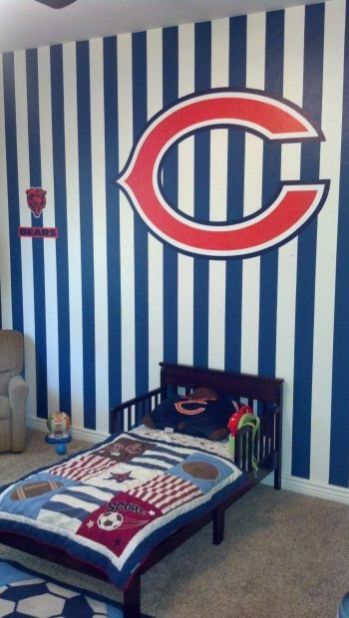Each year, thousands of Arizona residents email or call Rosie Romero’s radio show with questions about everything from preventing fires in their chimneys to getting rid of tree roots invading their sewer system. His goal is to provide answers that suit the specific lifestyle wherever someone lives in Arizona.
Q: I’m painting the inside of my house, but I’m not a very good painter. Part of the problem is an archway with rounded corners with two different colors to be painted on it — one color on one part of the arch and another color on the other side. How do I paint a straight-line on the edge between the two colors without one color bleeding into the other?
A: It’s very hard to paint straight edges between two colors because paint tends to bleed under the tape, leaving tiny dips and drips into your sharp line. You’d have the same trouble painting stripes on a wall.
To prevent this bleeding from happening, invest in good-quality tape and be careful to seal the tape’s edges against seeping paint.
You can apply a thin bead of acrylic paintable caulk on one edge of a piece of painter’s tape pasted on the line between the colors. Wipe down the caulk until you have a very thin layer of it on the tape as well as overlapping a little onto the wall. That caulk will serve as the seal that will prevent paint from bleeding under the tape.
Then paint over the taped edge that you have sealed. You will be painting over the caulk that you put down as well. When you pull the tape off, you will have a straight edge. The painted caulk will be part of the line you made on the wall.
If that sounds too complicated, there is also a method using a special tape on the market that is called FrogTape. It’s designed to prevent the bleeding problem in interior painting jobs with latex paint.
One key tip to remember when you’re using any kind of tape in a painting job: as soon as the edge is painted, take the tape off while the paint is still wet. Remove the tape slowly at a 90-degree angle. That will help you produce that straight line that you want. If you let the tape sit too long, you’re liable to pull off a bit of dried paint.
Q: I have a walk-in, snail-type shower built from glass blocks. I had noticed lately that the grout on the bottom of the shower blocks on the floor is always getting soaked with water. After drying it out for a while, I found one spot of mold under one of the blocks. How do I get rid of the mold so that I can regrout the area and prevent this from happening again?
A: You can buy a syringe at a hardware store that you can use to get at this area of mold. You fill the syringe with bleach and then inject the liquid into the area. After that you do your grout repairs. Then let the area cure for a week and finally seal it with an epoxy sealer.
Q: I have an in-the-ground flower bed that seems to be infested with grubs. I took out the dead flowers. Should I now treat the soil with some kind of grub killer or should I remove the soil and put in fresh growing material?
A: Start by checking the soil to see if those grubs were produced by some other type of pest. Grubs are usually the larvae of some other insect in your soil. Of course, it’s possible that the grubs and larvae may not be there anymore. If they are still around, you need to treat the soil to get rid of them.
It would probably be very expensive to replace the soil unless your bed is fairly small and it might not work anyway. And if the host pest is in the native soil at the very bottom of the bed, the grubs will return even if you change out most of the soil.
Q: I’m interested in planting one of those desert museum palo verde trees, named after the Arizona-Sonora Desert Museum in Tucson. Which is a better choice — one of those that has been grafted onto roots of another tree or one that is grown from seed?
A: There probably isn’t any great difference in the benefits that these two types of trees provide. But whatever you choose — whether grafted or seed-grown — make sure that there are nice, wide angles of attachments of branches to the stems of the plants.





